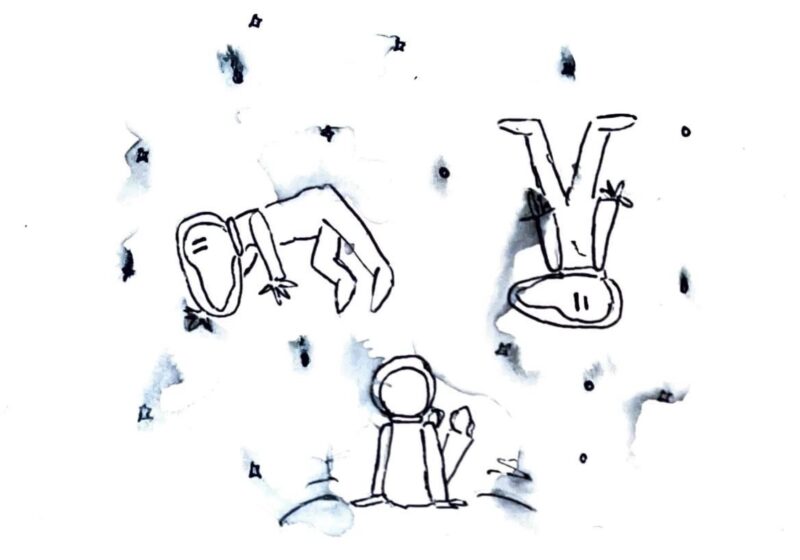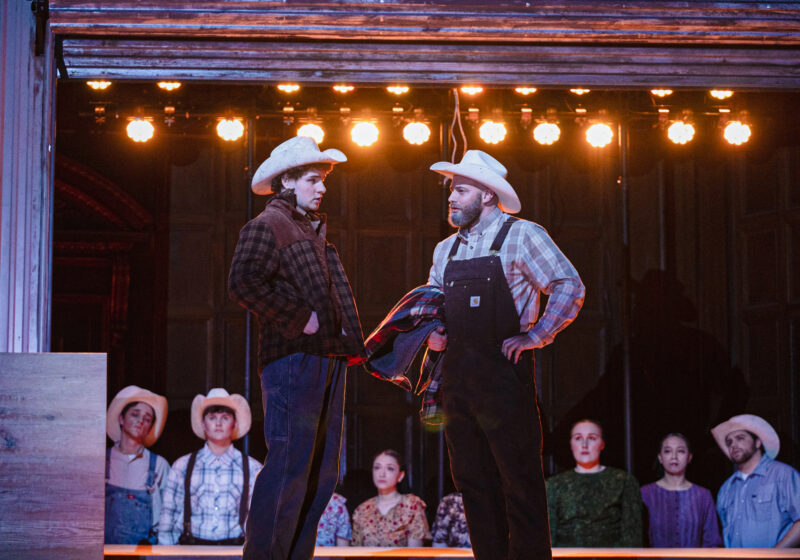On Saturday night, in the intimate setting of Spurrier’s dance studio, Louvre performed its fall production “EmpowerHER.”
The performance itself was an exercise of feminism at its best: political, artistic, necessary, and liberating.
After a sensitive and sensible trigger warning for the audience, the lights were turned off, a voiceover began reading a quote taken from an article in the Columbia Spectator advocating for the “equality of women across the board,” and the dancers began.
The production consisted of two acts, each containing four dances based on the themes of independence, ambition, passivity, unity, worth, speak, recovery, and women.
Between the dances, they played pre-recorded quotes that enriched the experience, varying from poetry to statistics, and even included a quote from Audre Lorde, an African-American writer and feminist civil rights activist. The choreographies themselves were composed by the members of the ensemble, which had a natural progression from start to finish.
All the dances were credibly part of the same story. A few moves were repeated throughout, allowing each dance to be part of the broader statement while also embodying its individual theme. It is important to note that, save for those few moments where one or two dancers were on stage alone, none of them would monopolize the viewer’s eye because they all excelled cohesively.
Overall, the performances defined, redefined, and ultimately took control of the feminine.
The performers raised the question of what womanhood is, only to respond with their energy and the shared experience they claim as own.
The peak of the production was reached during the “Recovery” dance, choreographed by junior Vivy Ngo. A victim blaming voice-over was mixed with a standalone dancer sitting on the ground who was helped by another dancer. As they moved together, it looked like one girl was reteaching the other how to walk and keep her balance. The rest of the ensemble then joined them in what was a powerful and terrifying highlight of the act’s mixture of feminism, literature, and dance.
There were few issues, some of which were at no fault of the production. Once or twice, there were bizarre lighting mistakes that did not match the music or enhance viewership of the dancers in an otherwise well-produced performance in terms of light and sound.
In the broad feeling of feminism and diversity, it would have been better if Louvre had a more racially diverse ensemble to captivate and carry their message.
The biggest complaint anyone should have is that there weren’t nearly as many men in the audience as there should have been. This celebration and empowerment of women is something that male students, beyond the members of MOVE, should view for their own enrichment and the ongoing improvement of our culture.




